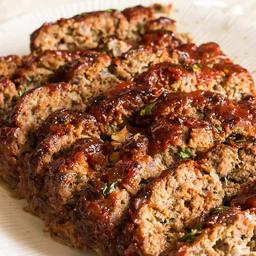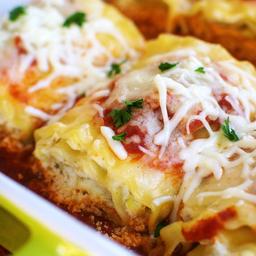
Need a good conversation starter where everyone participates? Just ask: “What’s your favorite comfort food?” Folks have plenty to say on this subject!
I posed this question recently to family and friends. It’s pretty hilarious how passionate folks are about their preferred comfort foods. They hold their favorites close to their hearts, like old friends. Originally, I thought responses would be just a specific food or dish, but what I also got, were the feelings those foods evoked. We discussed what the meaning of “comfort food” was to each of us, and why these foods were on our lists.
 So what qualifies a specific dish as a comfort? How does that food make you feel? Warm, full, happy, less stressed?… It’s both a physiological as well as psychological response. There’s science supporting these responses. The majority of foods identified as comfort foods tend to be high in carbs (sugars), salt and fats, which can elevate mood by stimulating the brain’s reward system. In particular, carbohydrates increase brain levels of serotonin, a chemical that enhances mood. Unfortunately, the reverse happens and mood drops when the sugar in our system drops. Initial feelings of happiness or reduced stress from eating too many carbs can backfire. Balancing our diets with other filling and healthy fruits and vegetables helps reduce the yo-yo of emotional eating.
So what qualifies a specific dish as a comfort? How does that food make you feel? Warm, full, happy, less stressed?… It’s both a physiological as well as psychological response. There’s science supporting these responses. The majority of foods identified as comfort foods tend to be high in carbs (sugars), salt and fats, which can elevate mood by stimulating the brain’s reward system. In particular, carbohydrates increase brain levels of serotonin, a chemical that enhances mood. Unfortunately, the reverse happens and mood drops when the sugar in our system drops. Initial feelings of happiness or reduced stress from eating too many carbs can backfire. Balancing our diets with other filling and healthy fruits and vegetables helps reduce the yo-yo of emotional eating.
Not all comfort foods are high in sugar/salt/fat…some are attributed as soothing due to a memory, or it’s a dish such as chicken soup, that makes them feel better when sick. One of my colleagues mentioned they think some comfort food is textural…child-like. I laughed and agreed that I find anything I can eat with a spoon (like a child) comforting, such as ice-cream, yogurt, cereal, soup, oatmeal…you get my drift. My children mentioned a family-favorite of a tall glass of orange juice and ginger ale often “prescribed” by Dr Mom when they are sick. If they’ve had a hard day at school, that is often what they make for themselves.
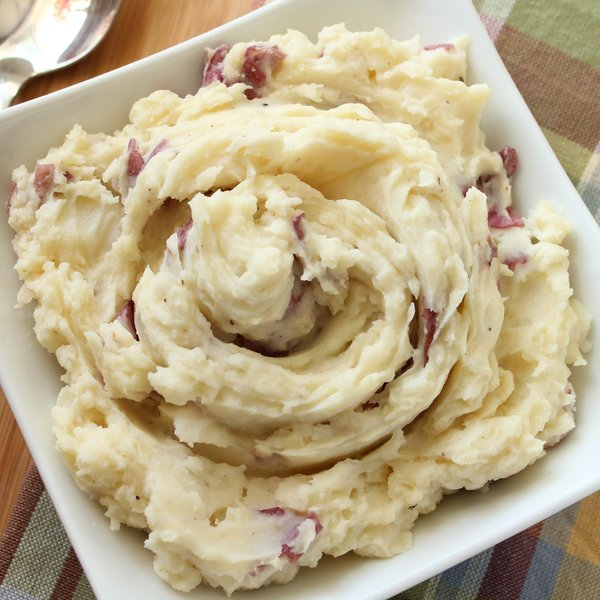 Some mentioned warm spices, rich flavors and indulgences as comforting…everything from pancakes to stews, to casseroles and of course mashed potatoes. (Leftover mashed potatoes often mysteriously disappear in our house!) Certain foods can have a sentimental effect. One person told the story of how he and his granddad would make a big bowl of popcorn and watch old movies together. Popcorn will always remind him of his grandfather’s love and happy, easy times.
Some mentioned warm spices, rich flavors and indulgences as comforting…everything from pancakes to stews, to casseroles and of course mashed potatoes. (Leftover mashed potatoes often mysteriously disappear in our house!) Certain foods can have a sentimental effect. One person told the story of how he and his granddad would make a big bowl of popcorn and watch old movies together. Popcorn will always remind him of his grandfather’s love and happy, easy times.
All too often, my friends felt guilty about indulging in certain comfort foods. However, it was interesting to listen as people debated that banning certain foods from our diet would be a bad idea. “The more you can’t have something, the more you want it!” Moderation seems to be the key. Planning to eat a hearty lasagna, mac and cheese or a rich casserole on occasion, can have the benefit of not feeling deprived.
Lean In and Lean Out…Everything in Moderation
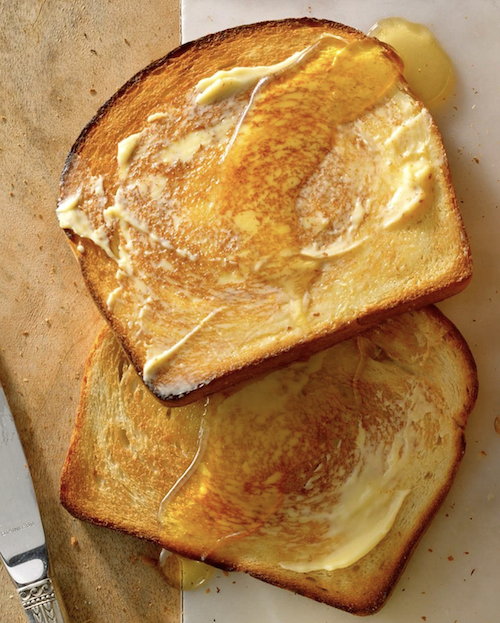 Sickness: Whatever makes you feel better when you are sick is ok. Is it buttered toast…or soups…or tall glasses of juice? Some of these types of comfort foods are helpful for recovery and some just make you feel like Mom is taking care of you. Toast with honey is my go-to-feel-better antidote when I’m not feeling my best. However, once recovered, I know I have to cut back on those kinds of carbs.
Sickness: Whatever makes you feel better when you are sick is ok. Is it buttered toast…or soups…or tall glasses of juice? Some of these types of comfort foods are helpful for recovery and some just make you feel like Mom is taking care of you. Toast with honey is my go-to-feel-better antidote when I’m not feeling my best. However, once recovered, I know I have to cut back on those kinds of carbs.
Stress: Sometimes we can’t anticipate when stress is going to drive us to the refrigerator…but sometimes we can. If you just finished a half a bag of chips or the leftover meat loaf without thought, don’t panic. But maybe making small changes can help.
- Some folks find journaling what they eat in a day, plus how they were feeling at that time, helps them recognize what, when and why they stress-eat. Being mindful can help stop you even if your hand is already in the bag of chips.
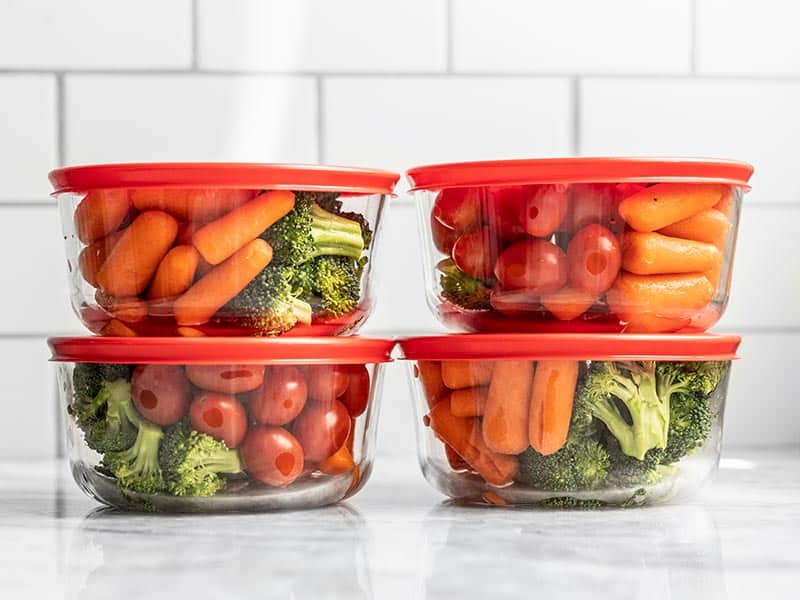 If you know you will have a stressful meeting or other stress-inducing situations, plan for healthy snacks to grab. Keep cut up veggies, string cheese or a bowl of mandarin oranges within reach. Even pre-portioned baggies of chips or crackers will help control stress eating.
If you know you will have a stressful meeting or other stress-inducing situations, plan for healthy snacks to grab. Keep cut up veggies, string cheese or a bowl of mandarin oranges within reach. Even pre-portioned baggies of chips or crackers will help control stress eating.
Managing Winter-Blues: Seasonal affective disorder (SAD) can have us craving more carbohydrates. Is this why so many of us make extra hearty meals in the wintertime? I’m going to make meat loaf, pizza and pot pies on occasion, but I’m not going to make them every night. I want to manage the blues with healthy balanced eating.
- Pair something like a rich stew with a lovely salad chock full of dark leafy greens, sliced peppers and cucumbers.
- Fill up by eating the salad or other veggies first and then the carb-rich dish.
- Portion control is key. One serving of a particularly high carb dish is not going to derail you, but more than that is not healthy. Don’t go back for seconds. Even though the mashed potatoes are soooo tasty, more won’t taste any better.
- Take a moment and let your body tell you it’s full. I like to have healthy fruit desserts ready so I can say to myself, dinner isn’t over…I’m going to have a juicy and sweet orange.
Comfort Food Recipes
Search for more delightful recipes in your DinnerTime Recipe Box.
Use the filter function (found on right of your DinnerTime Recipe Box search) to find desserts, main dish, side dishes etc.

